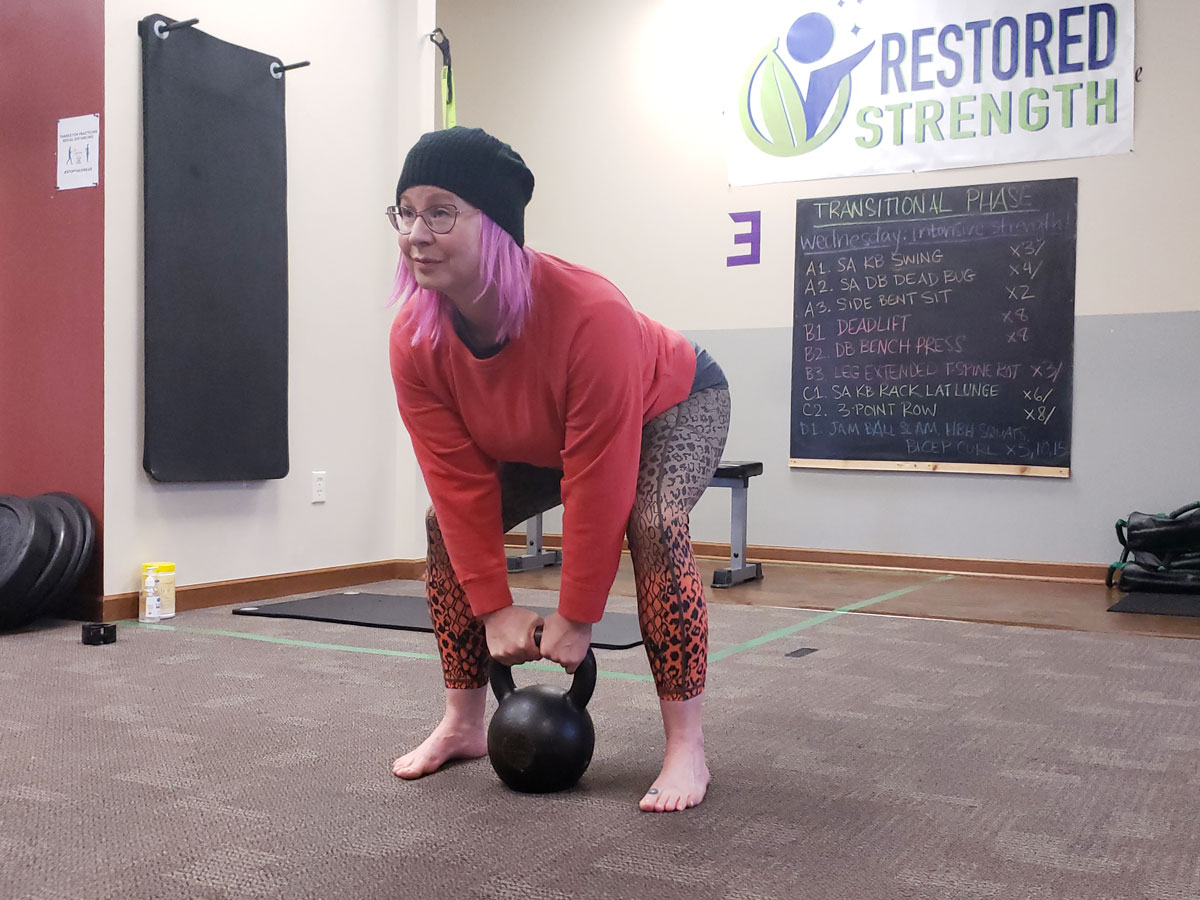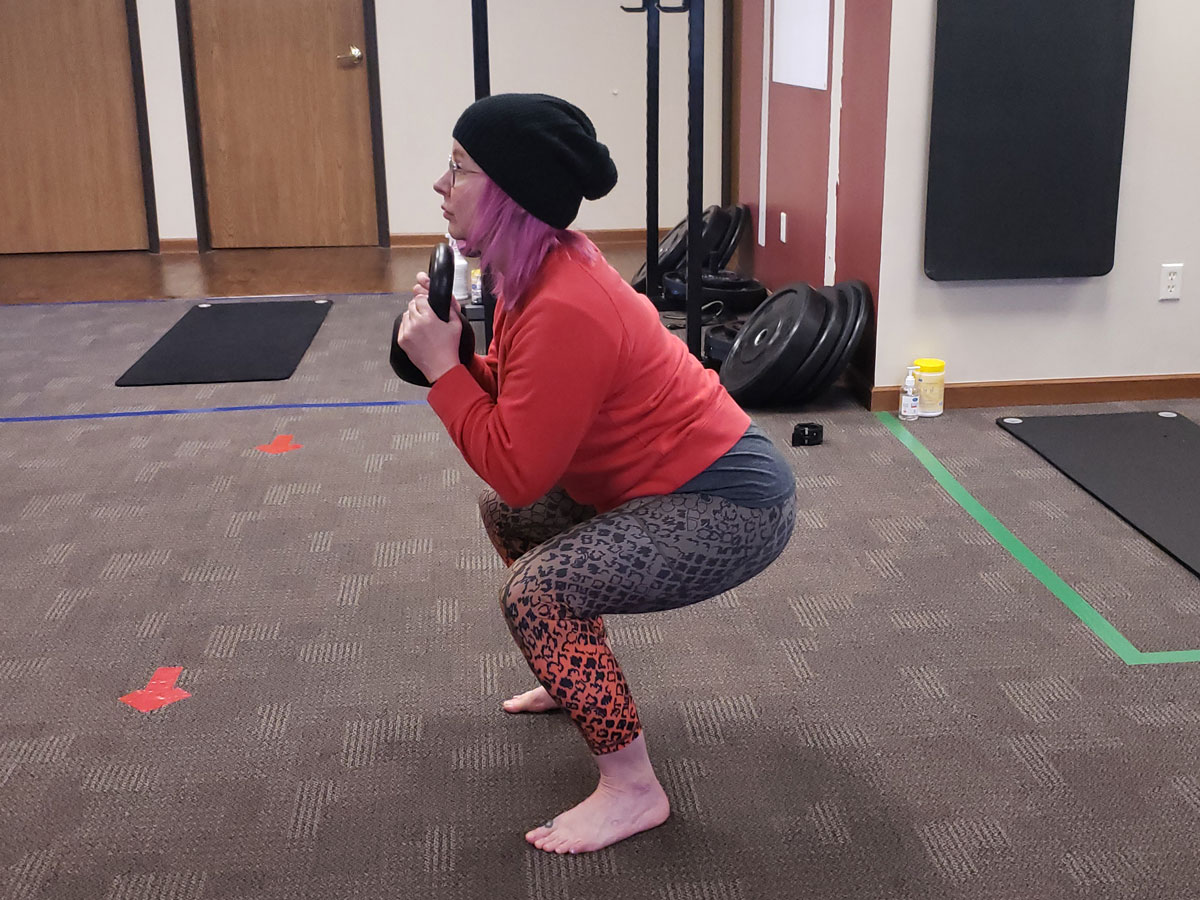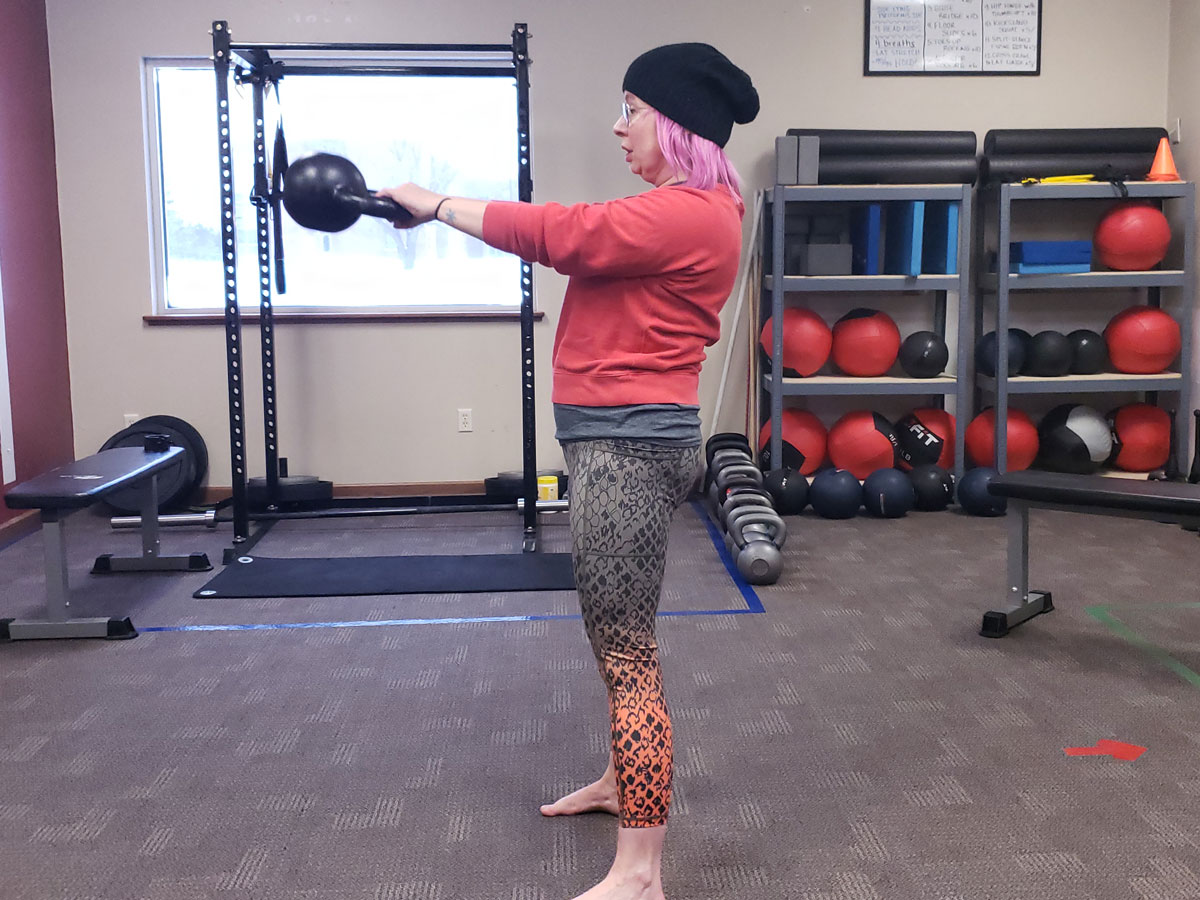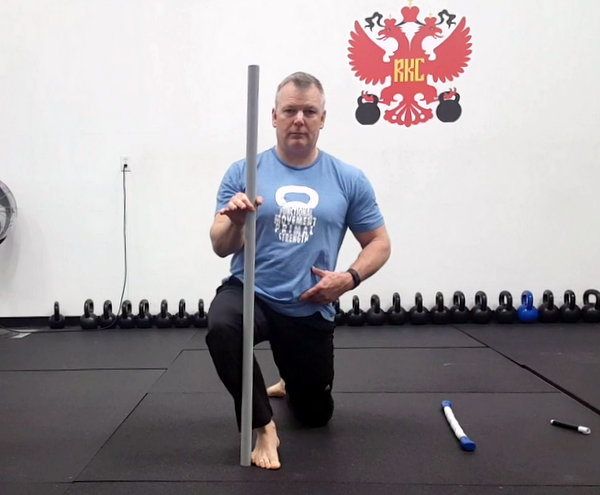
At my gym Restored Strength, it is common to see our members training barefoot during their kettlebell sessions. In today’s society it rare to see people spend time barefoot in their own home or at work. The feet are typically neglected when it comes to training, because most people don’t think that feet need to be trained. But there are a lot of benefits to training barefoot.
Wearing shoes can impact the way we train in many ways. Most shoes come with an elevated heel which naturally puts the feet in a more plantarflexed position. The reason that this becomes an issue when training with kettlebells is that you will have a faulty foundation. You will not be centered on your feet in order to truly push down into the floor to get your entire posterior chain to fire. Another issue with shoes is that they limit the range of motion (ROM) in the ankle.

Here are my top three reasons that you should train barefoot:
Better Sense of Body Awareness
Proprioception is our awareness of our body in space and movement. We have many proprioceptors all throughout the body, with a big portion of them located in our feet. When we spend all day wearing shoes, we begin to neglect the proprioceptors in our feet. This is because they are not being stimulated by the ground, they are receiving feedback from the insides of our shoes. Exposing your feet to a hard surface will greatly increase the proprioception in your feet because they are not being protected by a large rubber sole.
Greater Ankle Mobility
During my undergrad studies, I did a research project on the benefits of training barefoot. We found that the test subjects who trained without shoes had a greater ROM in their ankles compared to those who trained with shoes. Having tight restricting shoes can inhibit the ankles’ ability to freely move.

Increased Foot Strength
When training barefoot, you will focus more on how to firmly plant your heels in the ground as you swing a kettlebell. The foot has 29 muscles. Nineteen of them are intrinsic muscles—smaller, finer muscles. Being able to strengthen the intrinsic muscles will help you develop greater ankle stability and mobility.
To safely train barefoot, you should ALWAYS be aware of your surroundings. Don’t let your grip or technique get sloppy because that is a first-class ticket to injury. Gradually introduce barefoot training to your kettlebell practice in order to get the most out of it.
***
William Sturgeon, RKC Team Leader, RKC II trains clients at his gym, Restored Strength. Contact him through his website at RestoredStrength.com or follow him on Facebook: facebook.com/restoredstrength
